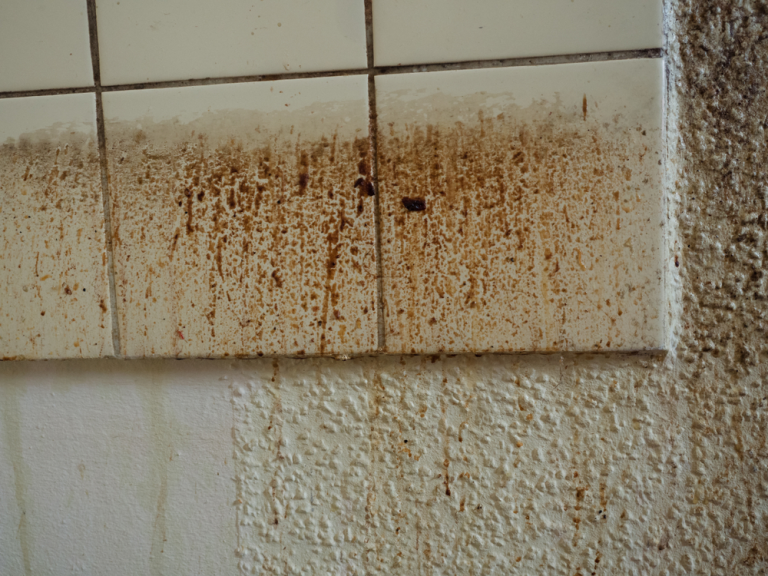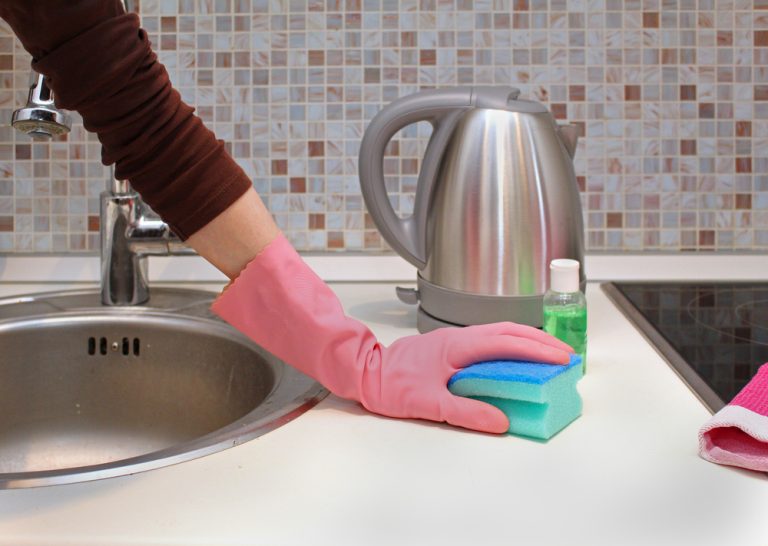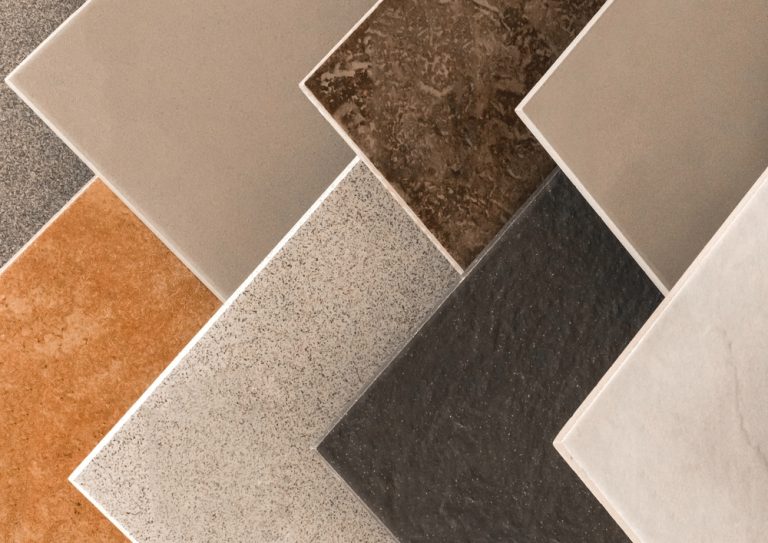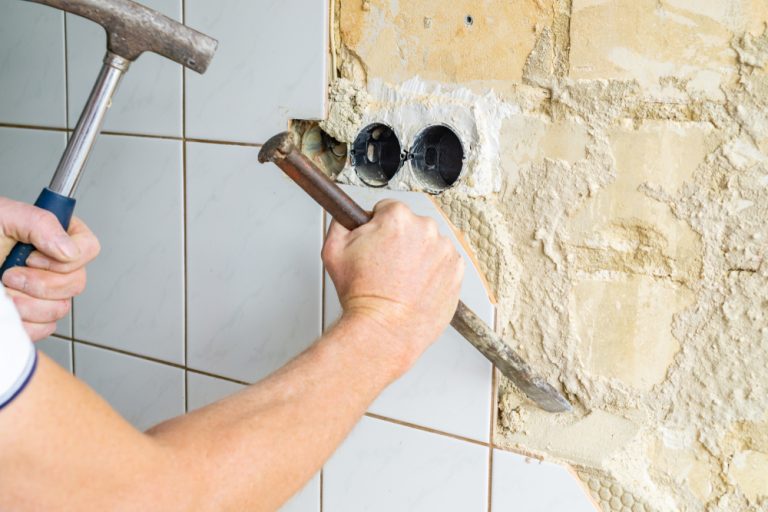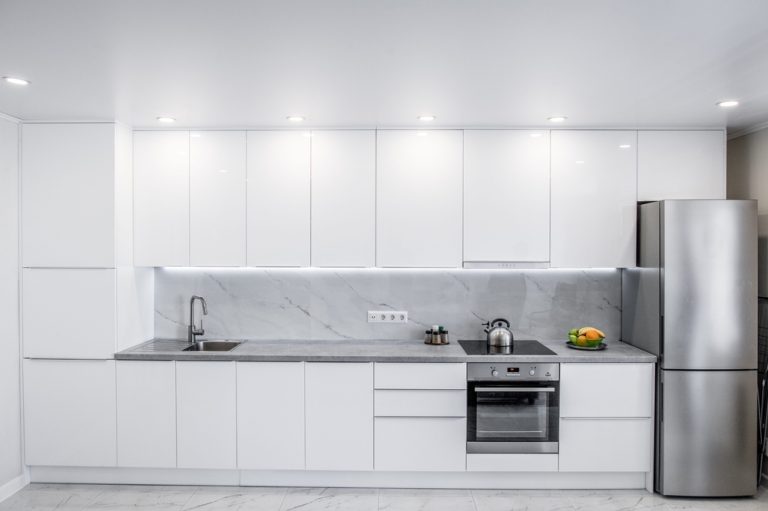Can You Use the Same Tile in Kitchen and Bathroom?

When designing or remodeling your home, one common question that arises is can you use the same tile in the kitchen and bathroom? The idea of using the same tile in both spaces offers a sense of continuity and cohesiveness, but it also raises concerns about functionality, durability, and aesthetic appeal.
In this guide, we’ll explore the pros and cons of using the same tile in the kitchen and bathroom, factors to consider, and design tips to help you make an informed decision.
Understanding the Differences Between Kitchen and Bathroom Tiles
Before deciding can you use the same tile in kitchen and bathroom, it’s important to understand the different demands placed on tiles in the kitchen versus the bathroom. While both areas are high-traffic and exposed to moisture, they each have unique requirements.
Kitchen Tiles
- Exposure to Grease and Stains: Kitchen tiles, especially those used as backsplashes or countertops, need to withstand exposure to grease, food splatters, and potential stains. Tiles in this area should be easy to clean and resistant to staining.
- Foot Traffic and Durability: Kitchen floor tiles must endure frequent foot traffic and the potential for dropped objects, such as pots and pans. Therefore, durability is a key consideration when choosing tiles for the kitchen.
Bathroom Tiles
- High Moisture and Humidity: Bathroom tiles, particularly those used in showers and around bathtubs, must withstand constant exposure to water and humidity. Tiles in this area should be water-resistant and prevent the growth of mold and mildew.
- Slip Resistance: Bathroom floor tiles should be slip-resistant to reduce the risk of falls, especially in wet conditions. This is particularly important for households with young children or elderly individuals.
Also Read – Can You Use Floor Tile for Kitchen Countertops?
Pros of Using the Same Tile in Kitchen and Bathroom
Using the same tile in both the kitchen and bathroom can offer several benefits, particularly in terms of design and cost.
Consistency in Design
- Cohesive Aesthetic: Using the same tile throughout your home creates a cohesive and unified design. This approach can make your home feel more harmonious and visually connected, especially in open-concept layouts.
- Simplified Decision-Making: Choosing one type of tile for both spaces simplifies the selection process. Instead of spending time and effort on choosing different tiles for each room, you can focus on finding the perfect tile that meets the needs of both areas.
Cost-Effectiveness
- Bulk Purchasing: Buying the same tile for both the kitchen and bathroom allows you to purchase in bulk, which can often result in cost savings. Suppliers may offer discounts on larger orders, reducing the overall cost of your renovation.
- Reduced Waste: Using the same tile in multiple areas can help minimize waste, as leftover tiles from one room can be used in the other. This is particularly useful if you’re working with custom or expensive tiles.
Simplified Maintenance
- Consistent Cleaning Routine: Using the same tile in both the kitchen and bathroom means you can use the same cleaning products and techniques for both spaces. This consistency simplifies your cleaning routine and ensures that your tiles are well-maintained throughout the home.
Cons of Using the Same Tile in Kitchen and Bathroom
While there are clear advantages to using the same tile in both spaces, there are also some potential drawbacks to consider.
Different Functional Requirements
- Moisture Resistance: Bathroom tiles need to be highly moisture-resistant, especially in wet areas like showers. While many kitchen tiles are water-resistant, they may not be suitable for use in constantly wet environments.
- Slip Resistance: The texture and slip resistance required for bathroom floors may not be necessary or desirable in the kitchen. For example, a highly textured tile that prevents slipping in the bathroom might be harder to clean or less comfortable to walk on in the kitchen.
Aesthetic Considerations
- Design Overload: While using the same tile throughout the home can create a cohesive look, it can also lead to a lack of visual interest or variety. If the same tile is used extensively, it may overwhelm the space or make the design feel monotonous.
- Style Mismatch: The style that works well in a bathroom might not always translate seamlessly to a kitchen. For instance, a delicate, decorative tile might be perfect for a bathroom but may not be durable enough for the kitchen’s heavy use.
Limitations in Tile Selection
- Limited Options: If you’re committed to using the same tile in both the kitchen and bathroom, you may have to compromise on certain features. Finding a tile that meets all the functional and aesthetic requirements of both spaces can be challenging.
Tips for Choosing the Right Tile for Both Kitchen and Bathroom
If you decide to use the same tile in both the kitchen and bathroom, here are some tips to help you choose the right option:
Prioritize Durability and Water Resistance
- Porcelain or Ceramic Tiles: Porcelain and ceramic tiles are excellent choices for both the kitchen and bathroom. They are durable, water-resistant, and available in a wide range of styles, colors, and finishes.
- Natural Stone Tiles: Natural stone tiles, such as granite or slate, can also work well in both spaces. However, they require proper sealing to protect against moisture and stains, particularly in the bathroom.
Consider Texture and Slip Resistance
- Matte Finish Tiles: Tiles with a matte finish are often less slippery than glossy tiles, making them a safer choice for bathroom floors. Matte tiles can also work well in the kitchen, offering a contemporary look with easy maintenance.
- Textured Tiles: If you choose textured tiles for slip resistance in the bathroom, ensure they are still easy to clean and maintain in the kitchen. Avoid overly rough textures that can trap dirt and grime.
Choose a Versatile Design
- Neutral Colors: Neutral-colored tiles, such as white, gray, or beige, are versatile and work well in both the kitchen and bathroom. They provide a timeless look that complements various design styles and can be easily accessorized with different colors and materials.
- Simple Patterns: If you want to add visual interest without overwhelming the space, consider tiles with simple patterns, such as subtle geometric designs or classic subway tiles. These patterns can work in both areas without clashing with other design elements.
Think About Grout Lines and Maintenance
- Minimize Grout Lines: Using larger tiles can reduce the number of grout lines, making the surface easier to clean and maintain. This is especially important in areas like the kitchen backsplash or bathroom floor, where grime and moisture can accumulate.
- Use Stain-Resistant Grout: Consider using stain-resistant grout, such as epoxy grout, to keep your tiles looking fresh in both the kitchen and bathroom. This type of grout is more resistant to stains, moisture, and mildew, reducing maintenance efforts.
Alternative Approaches to Tile Selection
If you’re hesitant to use the same tile in both the kitchen and bathroom, consider these alternative approaches to create a cohesive design without compromising functionality:
Complementary Tiles
- Mix and Match: Instead of using the exact same tile, consider choosing tiles that complement each other. For example, you could use a solid-colored tile in the bathroom and a coordinating patterned tile in the kitchen. This approach maintains a cohesive look while allowing for some variation.
- Similar Material, Different Finish: You can use tiles made from the same material but with different finishes or sizes in each room. For instance, you might choose a glossy finish for the kitchen and a matte finish for the bathroom, or large tiles in the kitchen and smaller ones in the bathroom.
Feature Walls or Accent Areas
- Highlight Specific Areas: If you want to tie the kitchen and bathroom together without using the same tile throughout, consider creating feature walls or accent areas with the same tile. For example, you could use the same tile for the kitchen backsplash and a bathroom shower wall, while using different tiles for the rest of the space.
Coordinating Colors and Materials
- Color Palette: Choose a consistent color palette for both spaces, even if you use different tiles. This approach creates a sense of unity while allowing each room to have its unique character.
- Consistent Materials: If you prefer different tiles in each room, consider using consistent materials, such as natural stone or porcelain, to maintain a cohesive feel across the home.
Conclusion
So, can you use the same tile in the kitchen and bathroom? The answer is yes, but it’s essential to consider the specific requirements of each space before making your decision. While using the same tile can create a cohesive design and offer cost savings, it’s crucial to choose a tile that meets the functional demands of both areas, such as water resistance, durability, and slip resistance.
By carefully selecting the right tile and considering factors like texture, finish, and maintenance, you can achieve a beautiful and functional design that enhances both your kitchen and bathroom. Whether you choose to use the same tile or explore alternative approaches, the key is to create a harmonious flow that reflects your personal style and meets your home’s needs.

